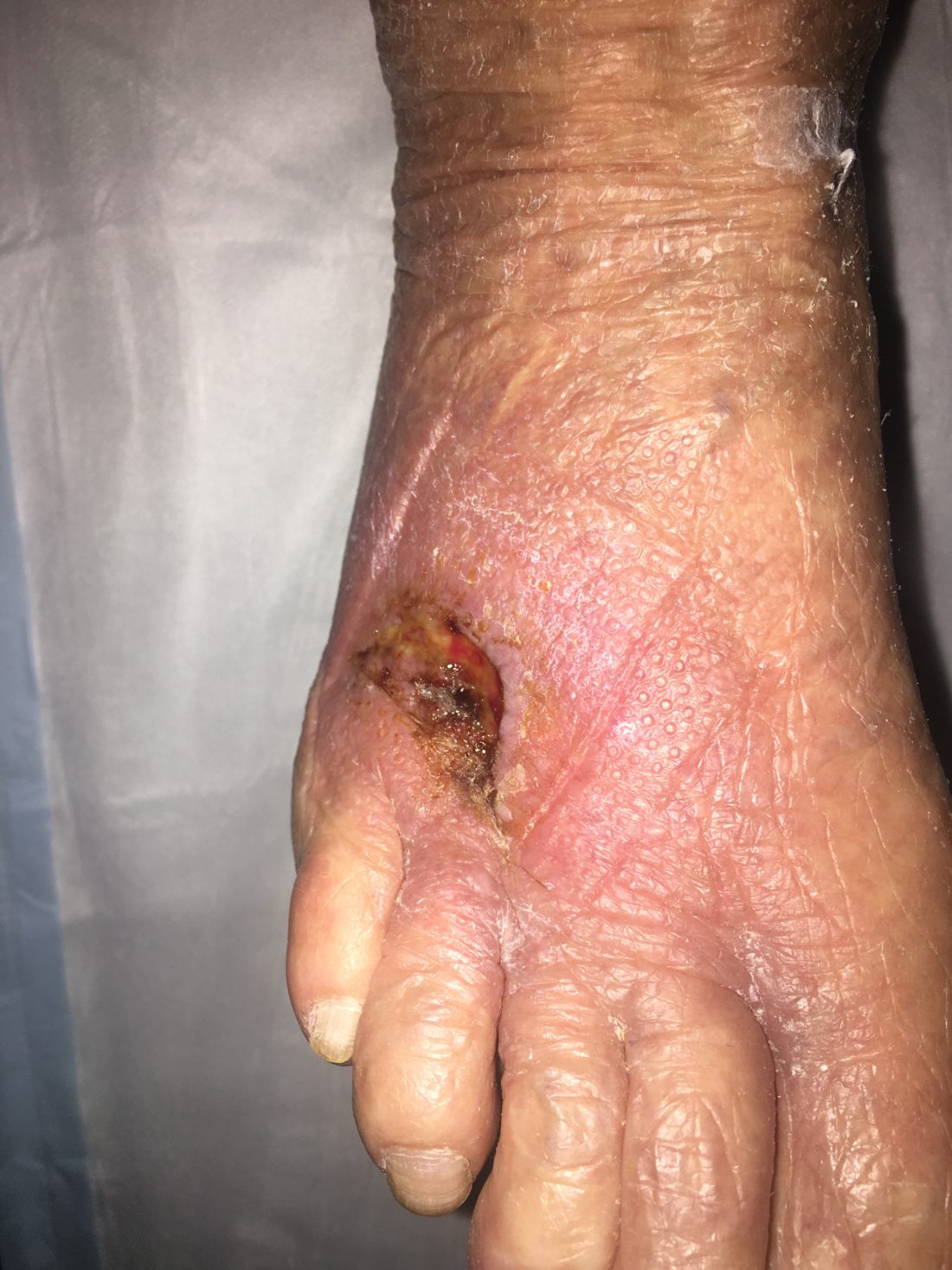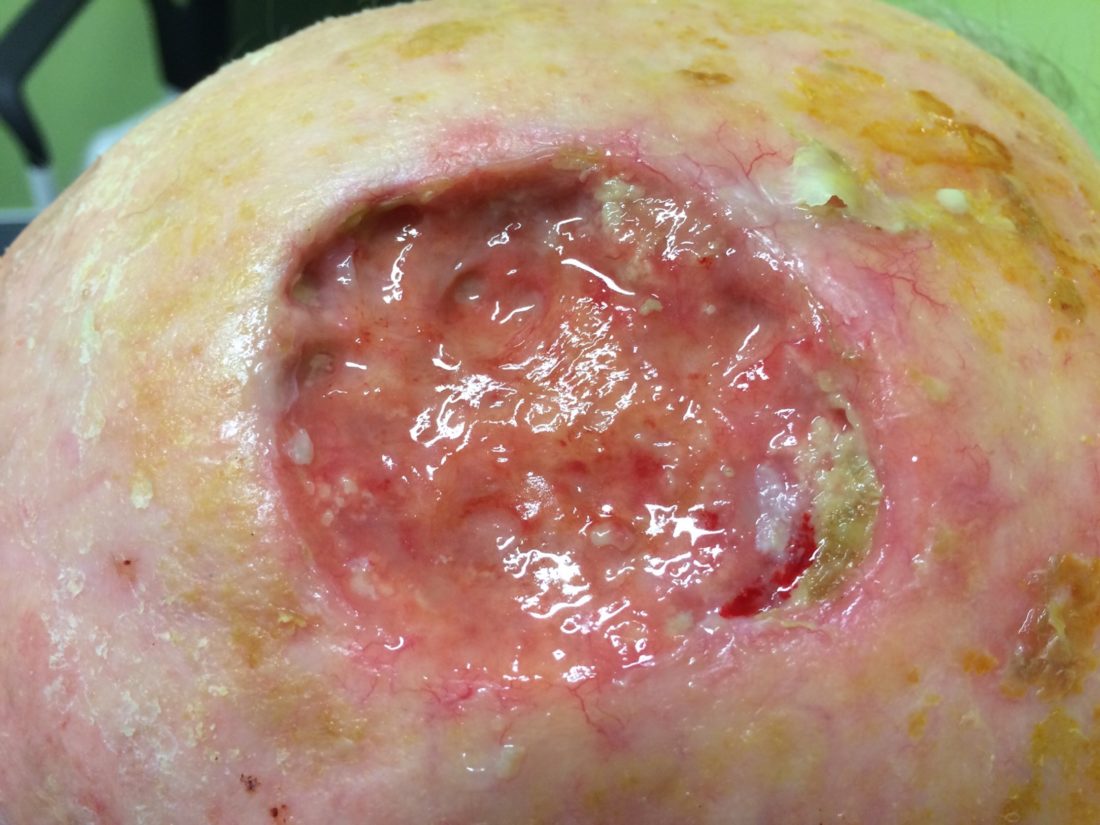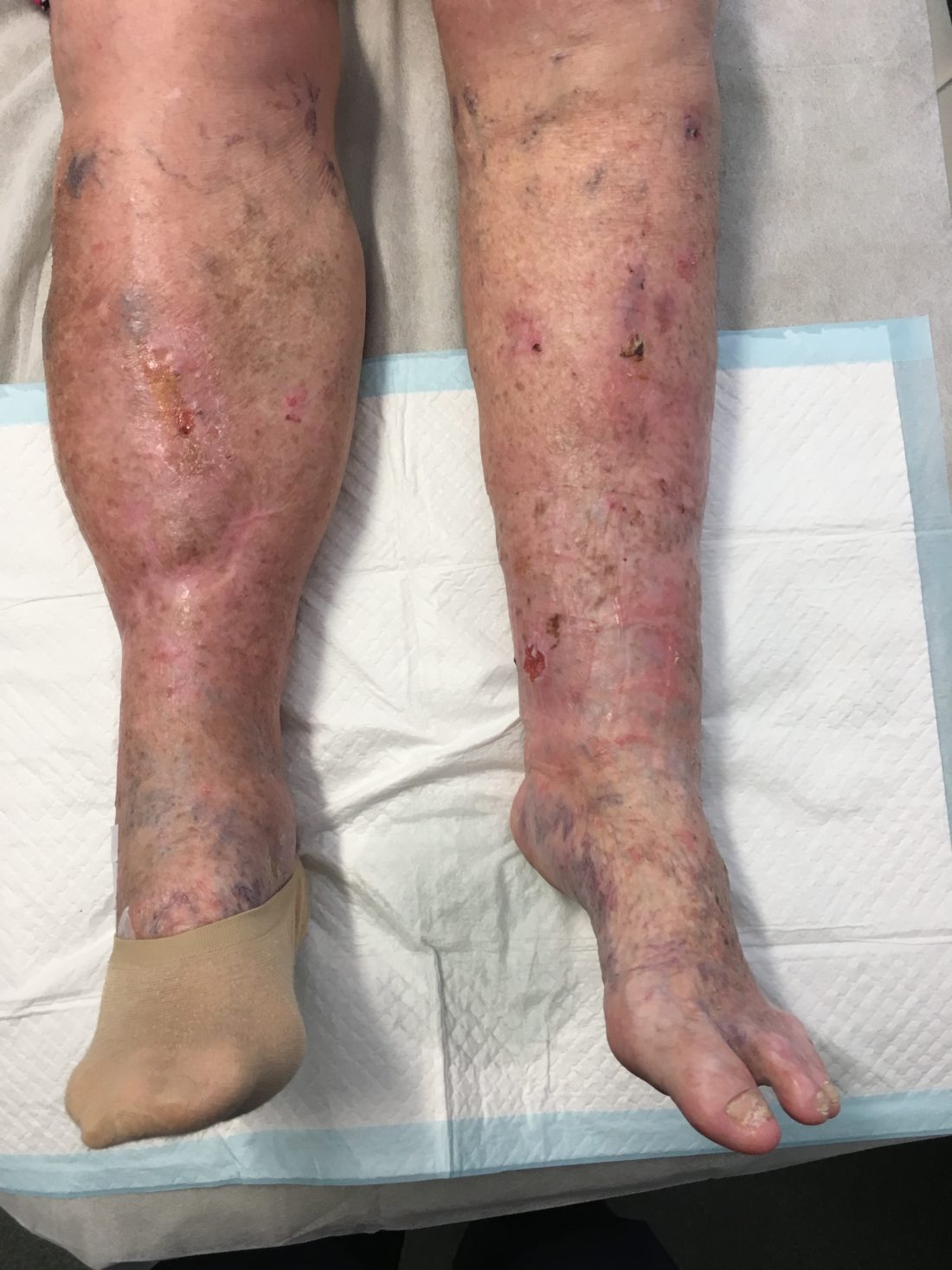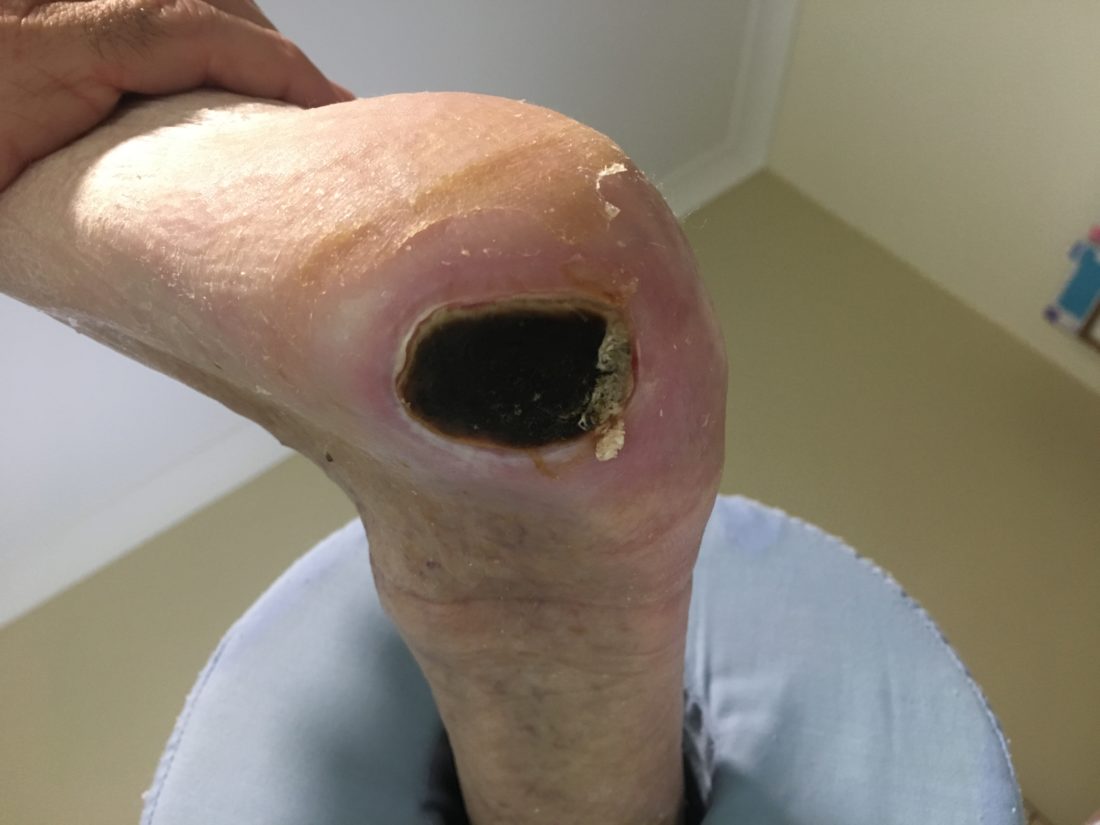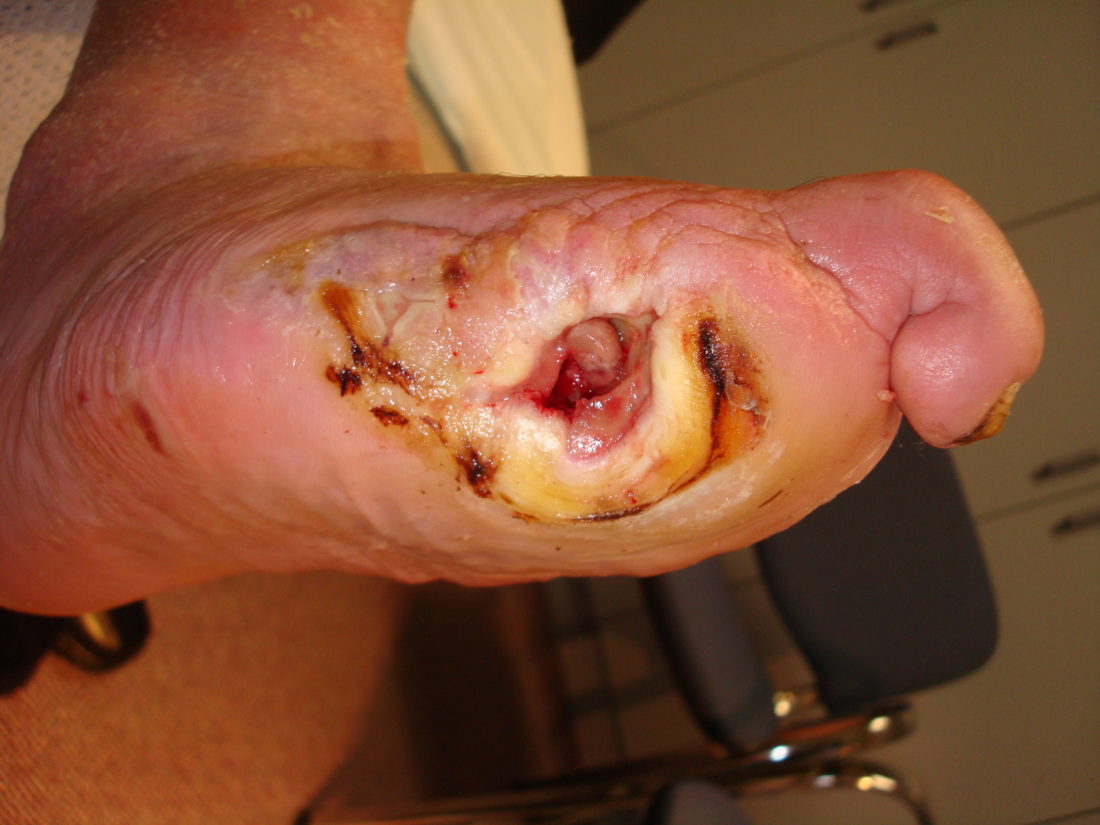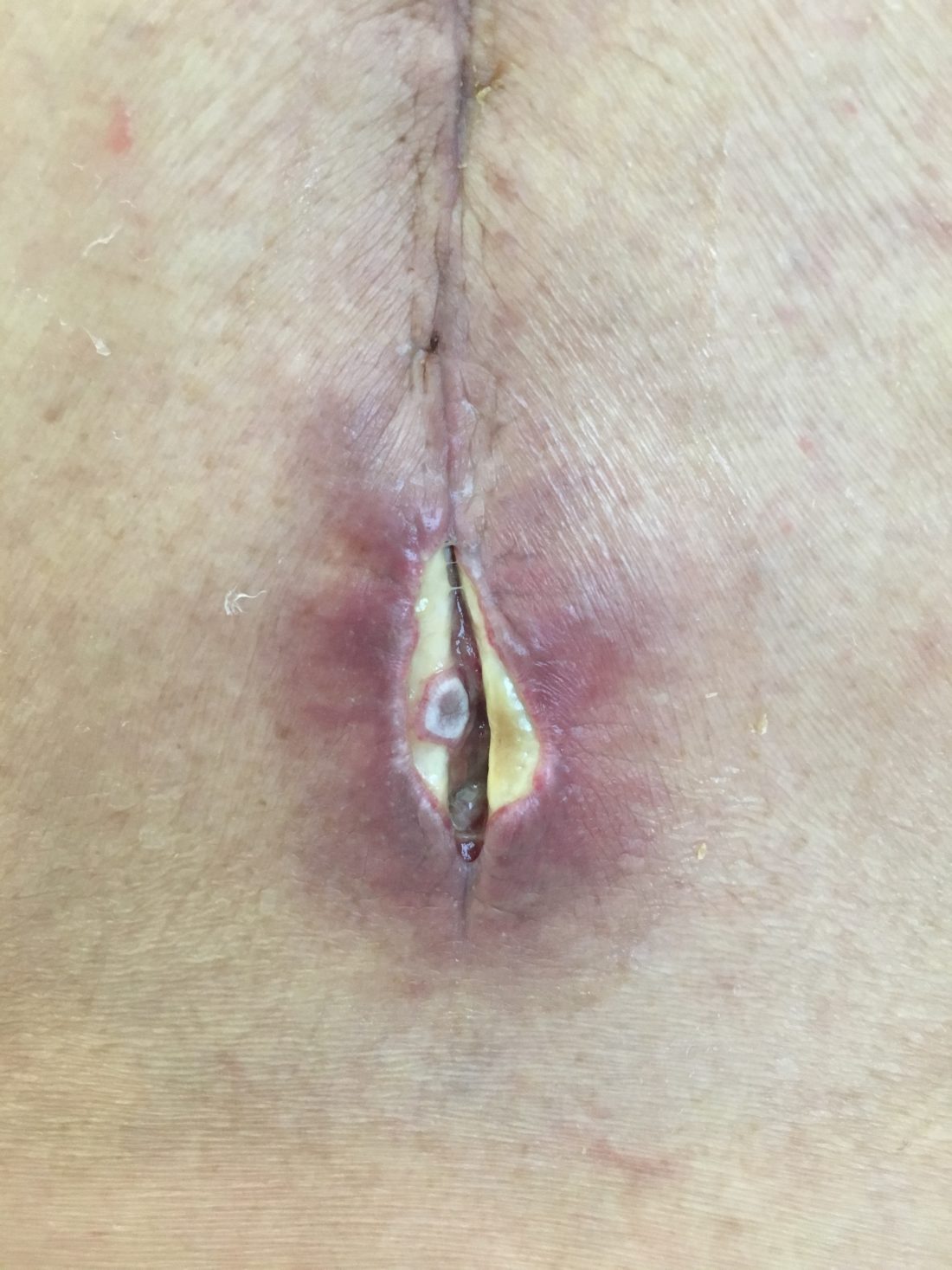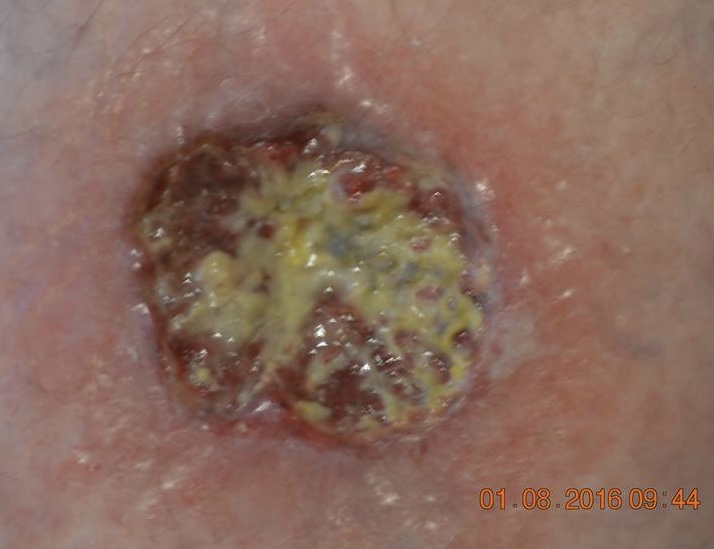2 June 2018
In
News
By
thewoundguy
As our population is ageing, clinicians in every care setting are increasingly being called upon to treat skin tear wounds. These wounds are traumatic in their origin and can be associated with physiological as well as emotional harm. Predisposition to these injuries are enhanced by
19 May 2018
In
News
By
thewoundguy
English Microbiologists Leahy-Gilmartin and Edwards-Jones recently wrote a paper which compared laboratory testing methods on silver dressings.
My summary of their findings are :
Silver dressings (generically) have a greater antimicrobial effect against Gram negative bacteria than against Gram positive bacteria - including MRSA.
Nanocrystalline silver is bacteriocidal
5 May 2018
In
News
By
thewoundguy
Dr Robin Berzin, CEO of Parsley Health and a Well+Good Council member, recently wrote a thought provoking and informative blog entitled "5 ways you can actually slow the aging process."
She stresses that there is no magic therapy to reverse ageing and that this systemic (unavoidable)
29 April 2018
In
News
By
thewoundguy
The New England Journal of Medicine has just published the outcomes of the EVRA (Early Venous Reflux Ablation) trial. The findings are that endovenous ablation of superficial venous reflux concurrent with compression when compared to compression therapy alone resulted in shorter venous ulcer healing times
11 April 2018
In
News
By
thewoundguy
Ipswich Touch Test : Dr G Rayman from the UK has devised a simple test that can be used to assess for the presence of neuropathy in the feet of a person who has diabetes. The beauty of this method is that it does not
24 March 2018
In
News
By
thewoundguy
Western Australian podiatrist, Jo Scheepers, recently wrote a fascinating article in Wounds International 2018 - entitled "Assessment and consideration of foot risk factors is essential for proactive prevention of hospital-acquired foot pressure injuries." In essence she compared the ability of both the Braden Scale and
13 March 2018
In
News
By
thewoundguy
Learning Objectives for the event Saturday April 28 - Novotel Parramatta,NSW
To understand the normal anatomy & physiology of the skin and its relationship with the microbial community.
To develop consistency in terminology, assessment and decision making based on international wound infection guidelines.
To examine
27 February 2018
In
News
By
thewoundguy
The co-morbidity of diabetes seems to determine whether multi-vessel coronary artery disease is best managed by surgical by-pass or a stenting procedure - the data suggest that this particular group gets most benefit from a by-pass approach to revascularisation. It would be interesting to see
24 February 2018
In
News
By
thewoundguy
The World Union of Wound Healing Societies has published a new Consensus Document on Surgical Wound Dehiscence. The document has excellent graphics and decision making tools. It covers risk anaylsis, patient and wound assessment, descriptive terminology, preventative modalities and interventions. http://www.woundsinternational.com/consensus-documents/view/surgical-wound-dehiscence-improving-prevention-and-outcomes
20 February 2018
In
News
By
thewoundguy
Debridement is an essential component of wound bed preparation for chronic or non-healing wounds. However, how debridement is actually done has proven to be problematic for many nurses as often surgical or sharp methodologies (whilst the gold standard) are essentially in the domain of the



